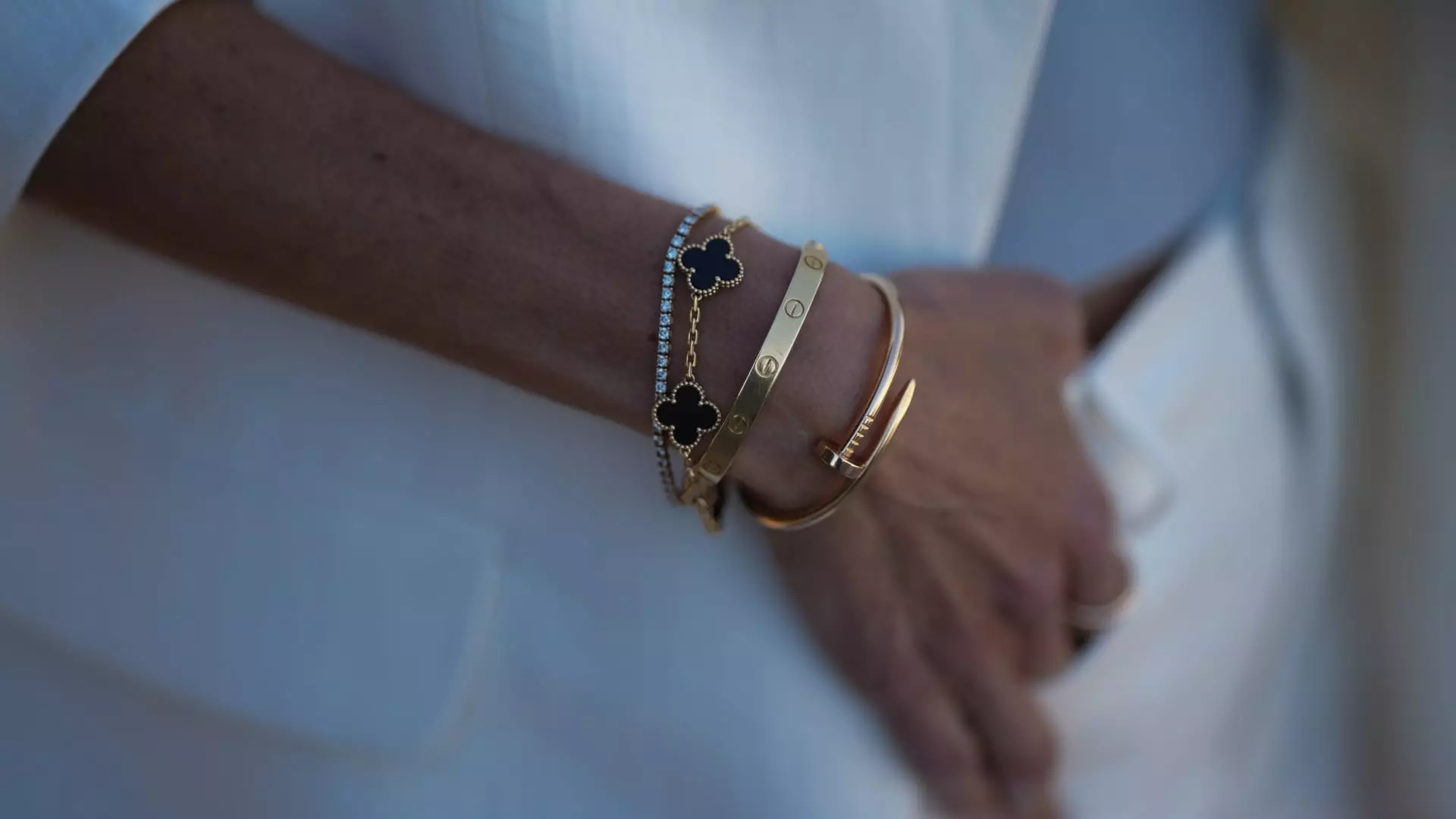For years, the luxury industry clung to hope, anticipating a renaissance in 2025 after a promising holiday season and post-election optimism. Yet, the reality starkly contradicts those projections. U.S. credit card data reveals a sobering decline in luxury spending during the first half of the year compared to 2024. What was expected to be a robust recovery is gradually revealing itself as nothing more than an overhyped mirage. Despite some positive signs in May, with spending dips narrowing and certain niche markets like jewelry showing resilience, the overall picture exposes underlying vulnerabilities. The narrative of a luxury comeback is, at best, premature and, at worst, misleading—a reflection of market overconfidence rather than genuine consumer strength.
The Subtle Decay of Luxury Consumer Confidence
The modest dip of 1.7% in luxury spending in May might seem encouraging on the surface, but when set against the sharper declines in previous months—6.8% in April and 8.5% in March—it becomes evident that consumer confidence remains fragile. The supposed rebound is superficial; it is driven by a select few segments rather than a broad-based wave of enthusiasm. High-end jewelry, often considered a haven during uncertain times, stands out as an anomaly, registering an 10.1% increase in spending and, notably, growth in the number of individual buyers. Yet, beneath this veneer lies a paradox: premium jewelry brands have lost 2.7% of their clientele, even as those remaining spend 11.7% more per customer. This suggests a shrinking customer base coupled with intensified spending among the loyal—a sign of desperation rather than confidence.
The Illusory Appeal of Jewelry and Its Investment Driven Flare
Jewelry’s resilience seems rooted not just in its intrinsic beauty but in its perceived role as an investment asset. Experts like Citi’s Thomas Chauvet argue that consumers view jewelry as a tangible store of value—something that can hold and potentially appreciate over time, especially amid rising gold prices. This perception aligns with recent gold price increases, which have outpaced jewelry price hikes, making jewelry holder a more ‘sensible’ investment. However, this reliance on jewelry as a hedge exposes the shallowness of current luxury demand; it’s driven more by market sentiments and investment psychology than genuine discretionary spending. In stark contrast, handbag prices continue to soar without apparent value propositions, transforming luxury accessories into over-inflated commodities lacking meaningful differentiation—an indication of market saturation and stagnation.
The Fragility of the Watch Market and Broader Economic Underpinnings
Luxury watch sales offer a more nuanced view. While the overall spending on watches increased 14.7% compared to May 2024, top-tier brands experienced a 10% decline, highlighting an uneven recovery. The surge in Swiss watch exports appears linked to inventory stocking and manufacturers rushing products to U.S. distributors—an effort driven by recent tariff threats rather than genuine consumer demand. This indicates that the apparent uptick in watch sales may be a temporary distortion rather than a sign of sustained growth. The broader economic backdrop complicates matters further—the U.S. dollar’s decline, rising geopolitical tensions, and looming tariff renewals cast long shadows over consumer confidence. These macroeconomic headwinds threaten to undermine any nascent signs of recovery, signaling that the luxury sector remains vulnerable to external shocks.
A Fragile Market Built on Perception, Not Growth
What emerges from this analysis is a luxury market increasingly driven by perception rather than fundamental strength. Consumers are acting more cautiously, choosing to invest in categories perceived as more stable or emotionally meaningful, like jewelry, rather than wholesale upgrading of handbags or ready-to-wear. The industry’s narrative of a rebound is built on temporary factors—stockpiled inventory, fluctuating gold prices, and geopolitical anxieties—rather than genuine, sustainable growth. This fragile optimism is easily undermined by any further economic turbulence, and the recent market indicators suggest that luxury spending could retreat just as quickly as it has temporarily improved.
The Future of Luxury: A Cautionary Outlook
In light of current trends, the idea of a swift revival in luxury retail appears increasingly optimistic. The industry’s reliance on select categories like jewelry and the speculative nature of its growth signals deeper structural weaknesses. Consumer sentiment, already strained by inflationary pressures and geopolitical uncertainties, is unlikely to sustain the false hope of a post-2024 renaissance. Luxury brands and investors should exercise caution—what looks like resilience may only be the calm before the storm. The industry needs a realistic reassessment of its growth prospects, recognizing that genuine recovery depends on broader economic stability and renewed consumer confidence, not just short-term tactical pushes. Unless these foundational issues are addressed, any perceived upturn risks being short-lived, merely a fleeting illusion rather than a long-term turnaround.

